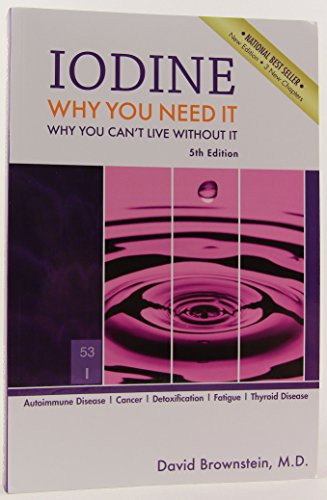I am sure you aware of the corona virus infection that is causing concern around the world. A January 24, 2020 study in The Lancet reported the latest statistics. (1) The fatality rate (so far) from the corona infection is approaching 15%. That is not good news.
There is a big HOWEVER here: This Lancet report is based on only 41 laboratory confirmed cases of the recent corona virus strain (2019-nCoV). Keep in mind, the 15% fatality rate is the percentage of hospitalized patients suffering with corona virus. There must be many more people who became ill with this corona virus and recovered uneventfully and therefore, did not seek care.
The symptoms of corona virus initially mimic the flu—fever, headache, cough, fatigue and muscle aches. The 41 patients admitted to the hospital all developed pneumonia.
Corona virus is nothing new. It has been with us for a long time. Corona virus can affect both animals and humans. It is important to keep in mind that most corona viral infections are mild. In the last two decades, there were two serious corona virus infections–severe acute respiratory syndrome coronavirus (SARS-CoV) and Middle East respiratory syndrome coronavirus (MERS-CoV) which both had elevated death rates.
 Iodine: Why You Need I...
Best Price: $25.00
Buy New $25.00
(as of 05:15 UTC - Details)
Iodine: Why You Need I...
Best Price: $25.00
Buy New $25.00
(as of 05:15 UTC - Details)
So, what can you do? Wearing a mask will not help protect you from becoming ill with any viral infection—corona virus included. I would check that off the list.
First, it is important to maintain optimal levels of nutrients, particularly vitamins A and C. Most people have suboptimal vitamin A and C levels. Both of these nutrients have antiviral abilities and are able to support the immune system when it is under viral attack. If you are not ill, I suggest taking 3-5,000 mg/day of vitamin C. At the first sign of an illness, I would suggest taking 1,000 mg/day every hour until diarrhea develops, then back off for a time period. For vitamin A, I suggest using 5,000 Units/day if you are not sick and 100,000 Units/day for four days at the first sign of an illness. Pregnant women cannot take these doses. (Note: Take vitamin A, not beta carotene.)
Iodine is essential to not only fighting off an infection it is necessary for proper immune system functioning. There is no bacteria, virus, parasite or fungus that is known to be resistant to iodine. As I have written in my book, Iodine: Why You Need It, Why You Can’t Live Without It, most of the population is low in iodine. If fact, iodine levels have fallen nearly 60% over the last 40 years. The RDA for iodine is inadequate to supply enough iodine for all the bodily tissues. For the majority of my patients, I suggest taking 25 mg/day as a daily dose and more (sometimes 50-100 mg/day) at the first sign of an illness. Iodine can cause adverse effects and it is best used under the guidance of an iodine-knowledgeable doctor.





